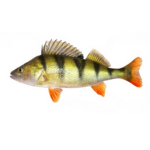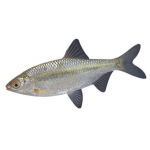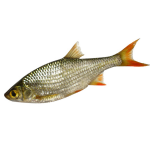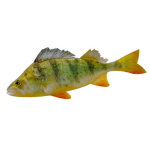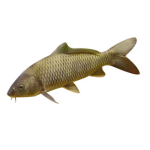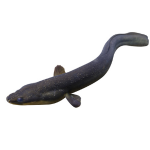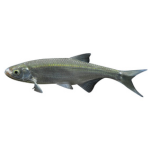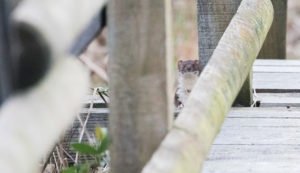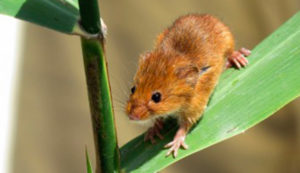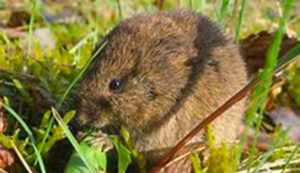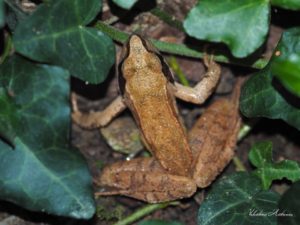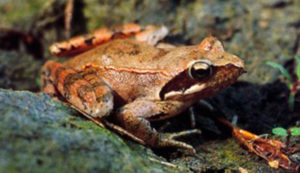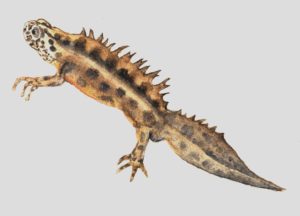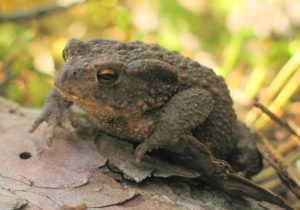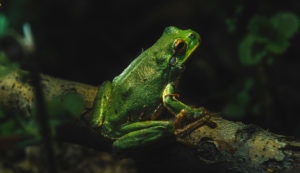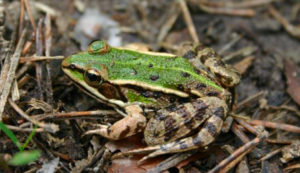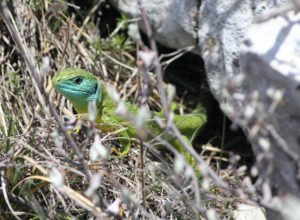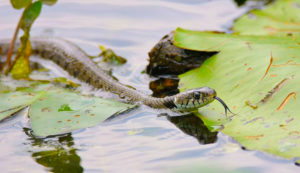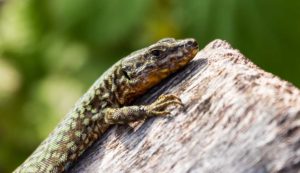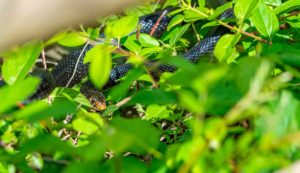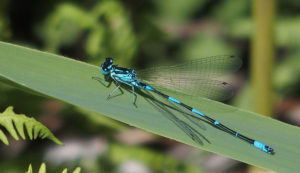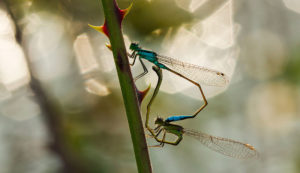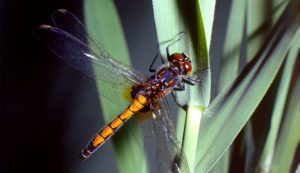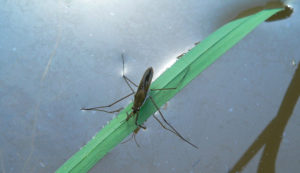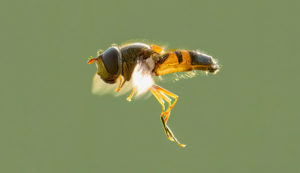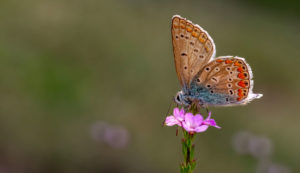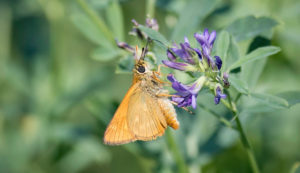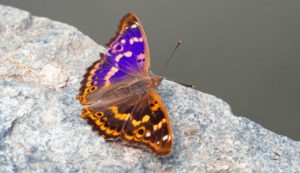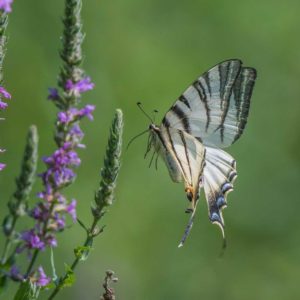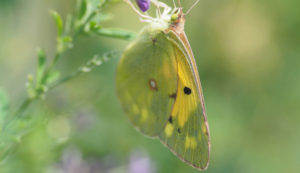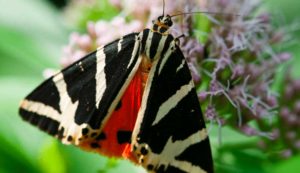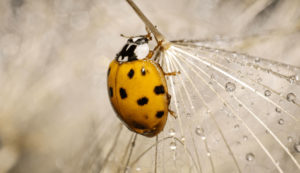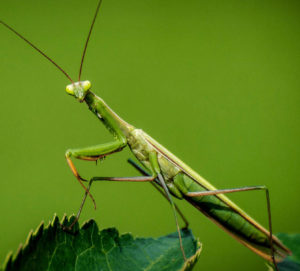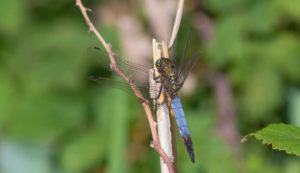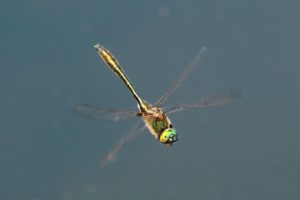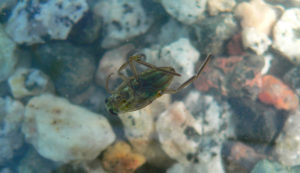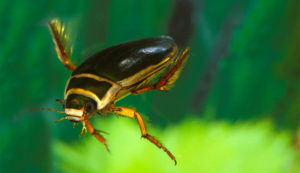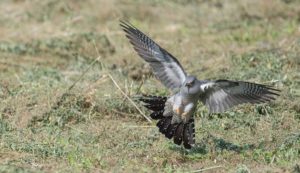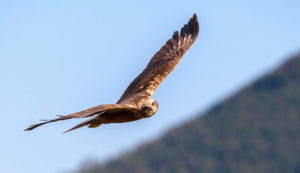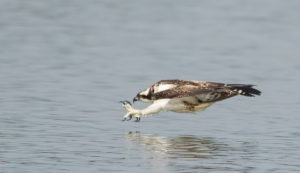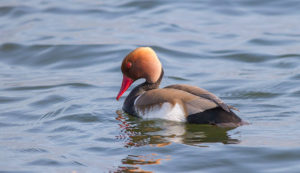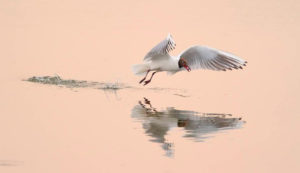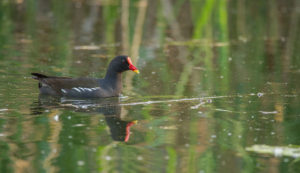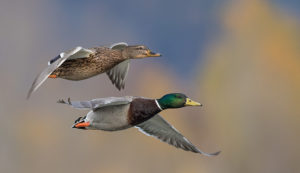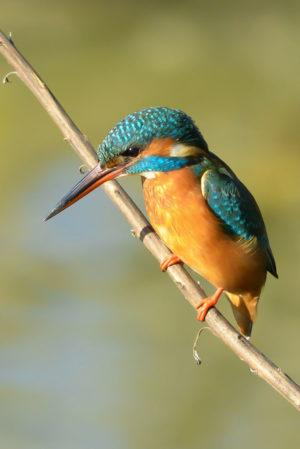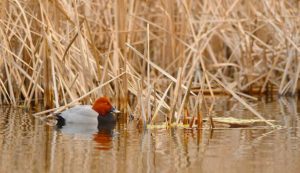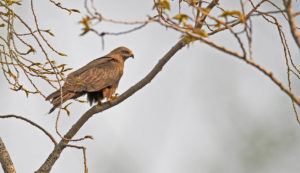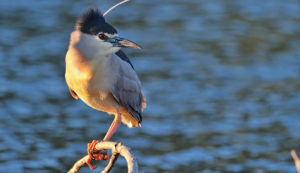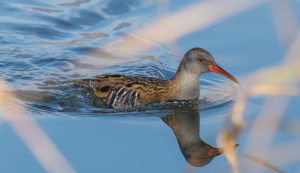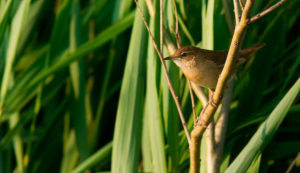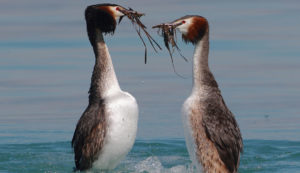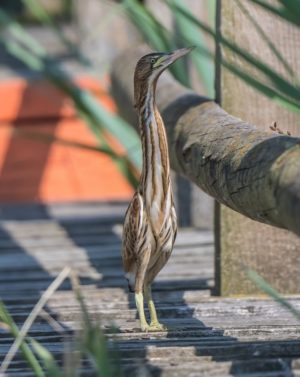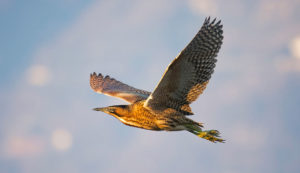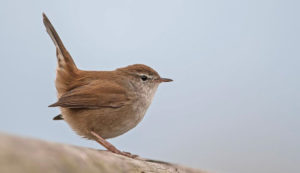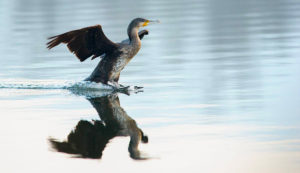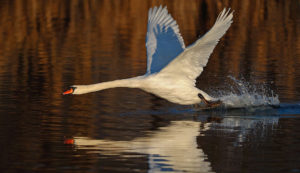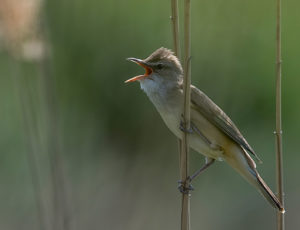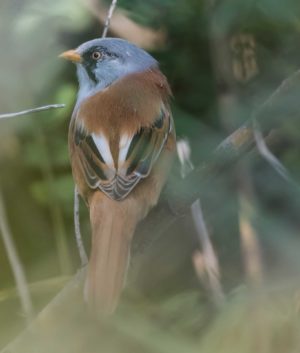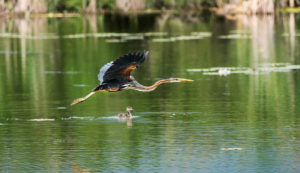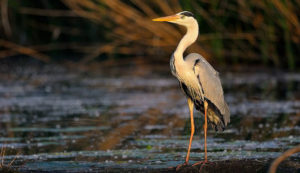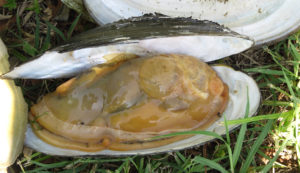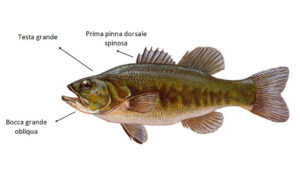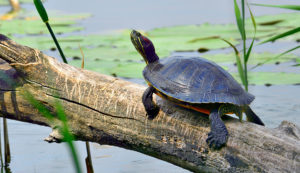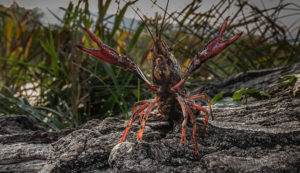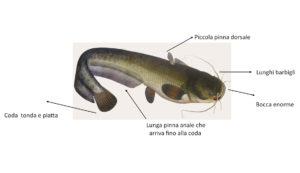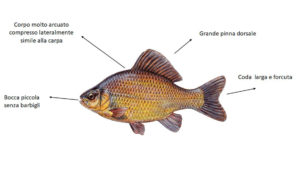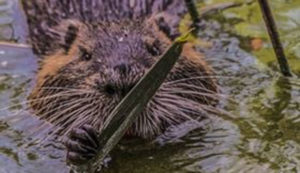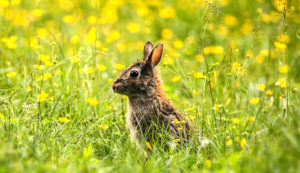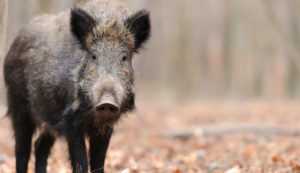The Nature Reserve hosts a broad community of animals and, because it is a wetland, the entire ecosystem is influenced by the amount of water at each point. For more information about the entire ecosystem, see the Habitats page.
The Reserve constitutes an ‘island’ amid the surrounding territory, providing food and shelter for very interesting animals that cannot live elsewhere. Various predatory birds that live on the surrounding hills — for example, the peregrine falcon or hawk — frequent the area in search of prey. The Monastery of San Pietro in Lamosa, which overlooks the Reserve, is itself a habitat, a ‘living monument’ when seen through the eyes of a naturalist. Indeed, the ancient walls provide shelter for a series of animals typical of stone walls and rocky ravines, including the western jackdaw, hoopoes, and great tit, but the famous lone thrush, memorialized by Giacomo Leopardi, can also be spotted on the roof.
Many different environments are found in the Lame, from meadows to vast rush stands and small forests. Each environment hosts different communities of animals, not always tied to the aquatic environment, but of great interest anyway. One example is the Eurasian hobby, which lives in the forest and hunts dragonflies and small birds over the bodies of water and meadows. There are many mammals in the forest, such as the least weasel and fox, as well as all types of birds typical of this environment, from tits to woodpeckers to different finches (Eurasian chaffinch, European greenfinch, etc.). In autumn and spring, a multitude of migratory birds stop in the trees, including various warblers (chiffchaff, western Bonelli’s warbler, wood warbler, willow warbler) or flycatchers, to name a few.
The broad rush stands host the most interesting community of animals in the Reserve. They are rich in insects, including a variety of dragonflies, but there are also many flies and butterflies that support species higher up the food chain. Many aquatic birds are tied to this habitat, such as the common reed warbler, great reed warbler, or little bittern, which weave their nests on the stems, or the great crested grebe, common moorhen, and mallard, which build their nests at the base.
As for fish, the ‘Lame’ host the most adaptable and often invasive species, such as the large wels catfish, which create serious problems for all other animals, such that the populations of aquatic birds have dropped dramatically, moving to the ‘Lamette’ or lake.
The Lamette consist primarily of rush stands that communicate directly with the lake. The habitats here are less differentiated, but they are more likely to host native fish species. Since this is an integral Reserve area and people are not allowed to enter, there is a large presence of rare nesting bird species, such as the bearded tit, purple heron, and Savi’s warbler. Various types of ducks can also be seen in winter. This interesting environment can be admired from above along Via Colombera, which connects Iseo to Cremignane. Binoculars are useful for spotting the birds.
